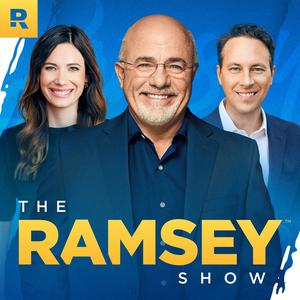
In this episode of “The Tim Ferriss Show,” Tim interviews Eric Cressey, the founder of Cressey Sports Performance. Eric is a coach and trainer who specializes in back pain, movement diagnosis, training principles, mobility development, power building, fascial manipulation, and rules for athletes. In this tactical deep dive, Eric shares his expertise on these topics, providing valuable insights for athletes, trainers, and anyone dealing with back pain or mobility issues.
Back pain is a complex and chronic condition that affects individuals differently based on their activity history. The medical system may not be well-equipped to handle the varied nature of back pain. Different activities can cause different types of back pain, and radiology can provide important information about back pain. However, radiology interpretation can vary, and a movement diagnosis is crucial alongside a medical diagnosis. Good coaching and appropriate exercise patterns are important for addressing back pain, and resources like FMS and selective functional movement assessment can aid in movement screening and assessment.
The fascial system plays a significant role in optimizing mobility and transferring force. Manipulating the fascial system through modalities such as manual therapy can have positive outcomes for athletes and individuals with injuries or disabilities. Strengthening the posterior chain, including the glutes and lower back, is important for functional carryover in daily life stresses. Power training, such as med ball exercises and golf, can help prevent hip fractures and falls in older adults.
Movement diagnosis is crucial for effective treatment of musculoskeletal issues. Advocating for oneself as a patient is important in orthopedic care, and working with practitioners experienced in working with athletes can lead to higher standards of care and better outcomes. Return to play and return to performance require different approaches, and specialization in a particular realm of care is important for effective diagnosis and treatment.
A broad foundation and rich proprioceptive environment are important for young athletes to prevent orthopedic issues later in life. The training philosophy of “get long, get strong, train hard” emphasizes creating a change in range of motion, strengthening the body to maintain that change, and training with ample volume and load. Certifications are important, but movement competency and exposure to a variety of philosophies are crucial for trainers. The industry should focus on agreeing on factors beyond transient changes in range of motion.
Eric Cressey’s expertise in back pain, movement diagnosis, training principles, mobility development, power building, fascial manipulation, and rules for athletes provides valuable insights for athletes, trainers, and individuals dealing with back pain or mobility issues. By understanding the complexities of back pain, the importance of movement diagnosis, and the role of training philosophy and certifications, individuals can take proactive steps towards better health and performance. Advocating for oneself as a patient and working with experienced practitioners can lead to higher standards of care and better outcomes. With Eric’s guidance, listeners can gain valuable knowledge to optimize their movement, prevent injuries, and achieve their fitness goals.